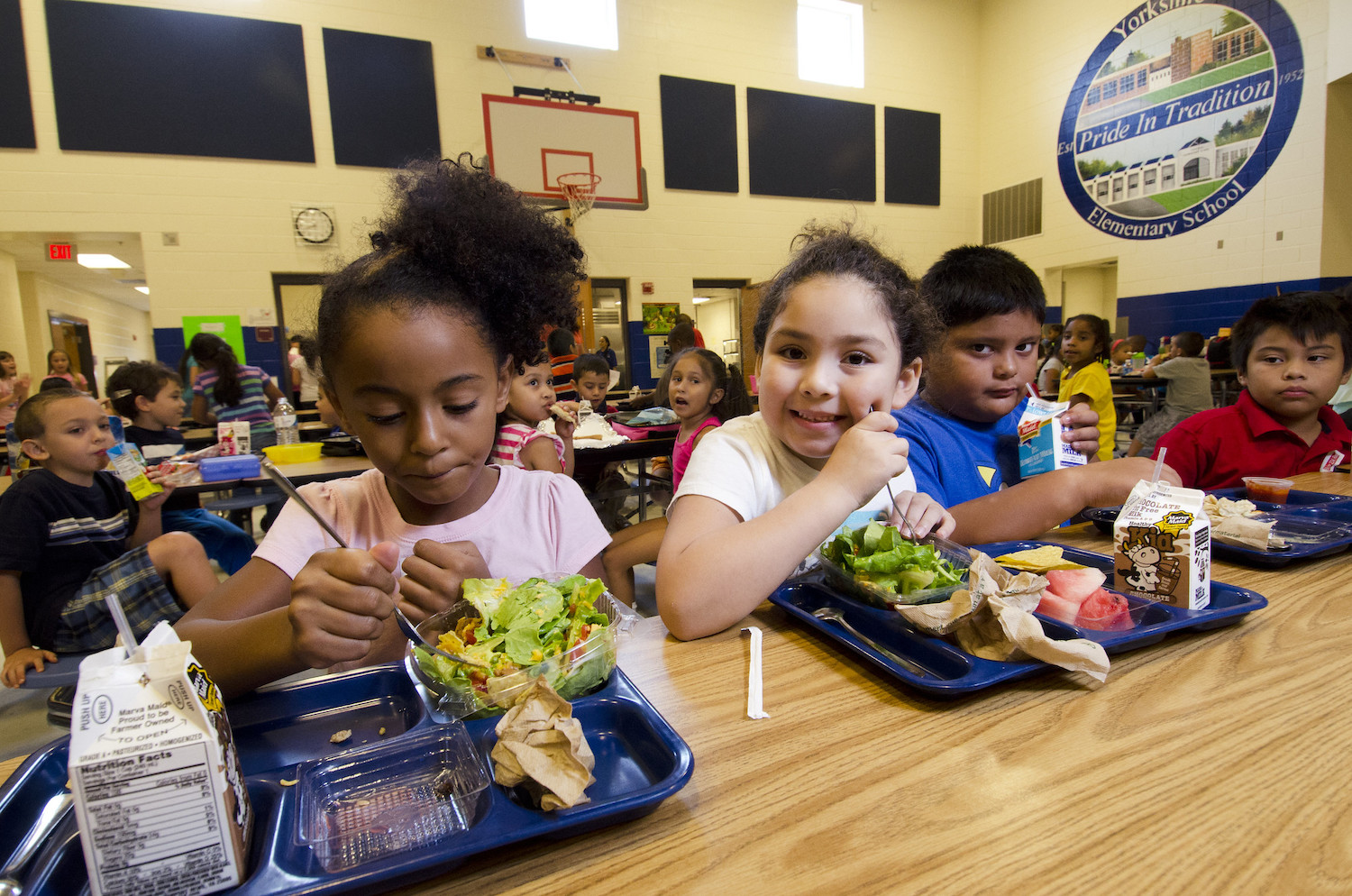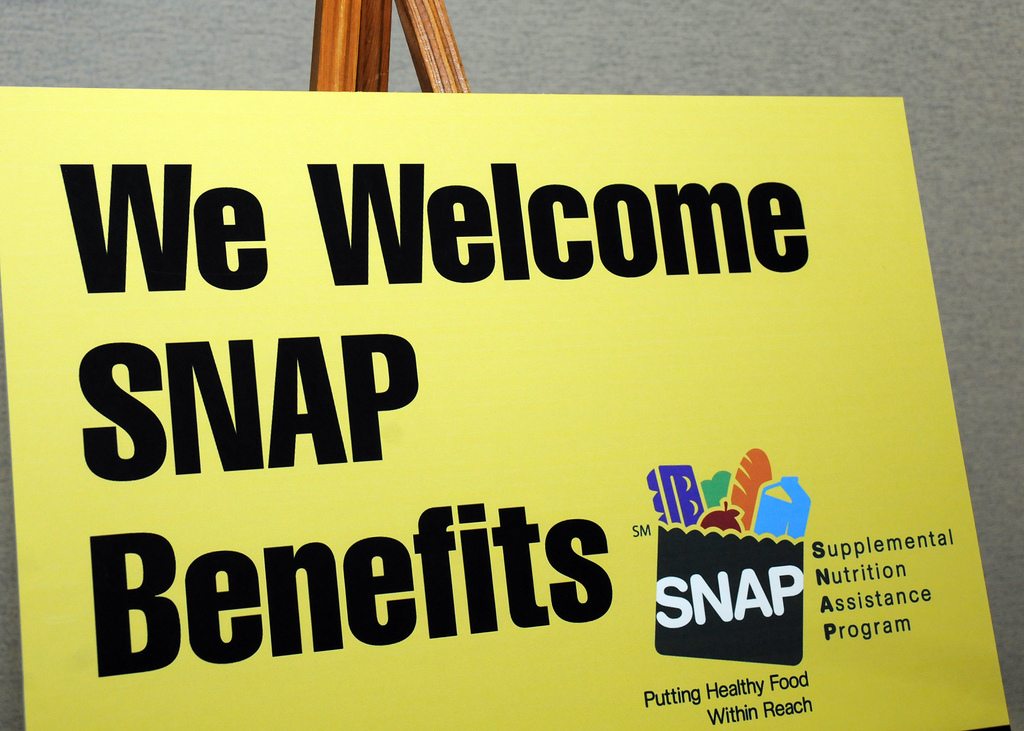
USDA / Flickr
Nearly 1 million children will lose automatic eligibility for free school meals under a Department of Agriculture (USDA) proposal to limit access to food stamps, according to a new agency analysis of Supplemental Nutrition Assistance Program (SNAP) participation data. Of those kids, 51 percent would still be eligible for reduced-price meals, and 4 percent would have to pay full price. The plan would save the agency $90 million per year. The findings were published on Tuesday evening, a day prior to a House subcommittee hearing on the issue.
In July, USDA announced that it would rein in food stamp access through broad-based categorical eligibility (BBCE), a policy that has long given states the flexibility to provide assistance to households whose income slightly exceeds SNAP limits. In the past, families receiving those state-level benefits could then qualify for food stamps through BBCE. USDA’s proposal would eliminate that commonly used enrollment pathway.
When the policy was first announced, the agency’s estimates of its impact on school lunch programs varied widely. On one phone call, the agency reportedly said that 265,000 students would lose free lunch. On a briefing with congressional staff, it apparently estimated that 500,000 students would lose direct certification, NBC News reported. (We reached out to USDA for comment on these discrepancies and will update this post if the agency responds.)
Unlike past estimates, Tuesday’s analysis includes a rundown of the agency’s calculation methodology. Conducted using SNAP numbers from 2016, USDA found that 545,500 households with school-aged children would lose their food stamps under the proposed changes to BBCE. It then multiplied that number by 1.8—the average number of children in each household participating in the school lunch program—finding that up to 982,000 might lose automatic certification for free meals.
Direct certification is a process that allows schools to verify a student’s eligibility for free lunch based on their family’s participation in SNAP. This eliminates bureaucracy for schools and reduces paperwork for families, who can face a number of obstacles to filling out free lunch applications.
“There are literacy barriers, language barriers, challenges with getting forms back from busy parents,” says Crystal FitzSimmons, director of school and out-of-school time programs for the Food and Research Action Center, an anti-hunger advocacy group.
At Tuesday’s subcommittee hearing, Brandon Lipps, administrator for USDA’s food and nutrition service, acknowledged that some students who still qualify for free meals may miss out on them for these reasons.
Democratic representative Susie Lee of Nevada also pointed out that shifting some children from free lunch eligibility to the reduced price lunch bracket could be prohibitive.
“For the impacted students who will only be eligible for reduced price meals, paying 40 cents for lunch [and] 30 cents for breakfast can be an enormous burden for families,” she said. Some states, including Colorado and Vermont, have programs that subsidize these “co-pays” for certain grade levels or meals.
In its analysis, USDA noted that some children who lose automatic eligibility for free school lunches might not experience any impact because they attend schools that offer universal school lunch. Under a program called the Community Eligibility Provision (CEP), if 40 percent of a school’s student body directly qualifies for free lunch through SNAP, then that school can offer free lunch to all of its children, eliminating the need for individual applications. However, it’s important to note that because CEP is linked to SNAP participation, USDA’s proposal to reduce the latter will likely have a ripple effect, limiting the number of schools that can qualify for CEP in the future.
USDA will accept comments on its analysis for two weeks shortly on Regulations.gov.











